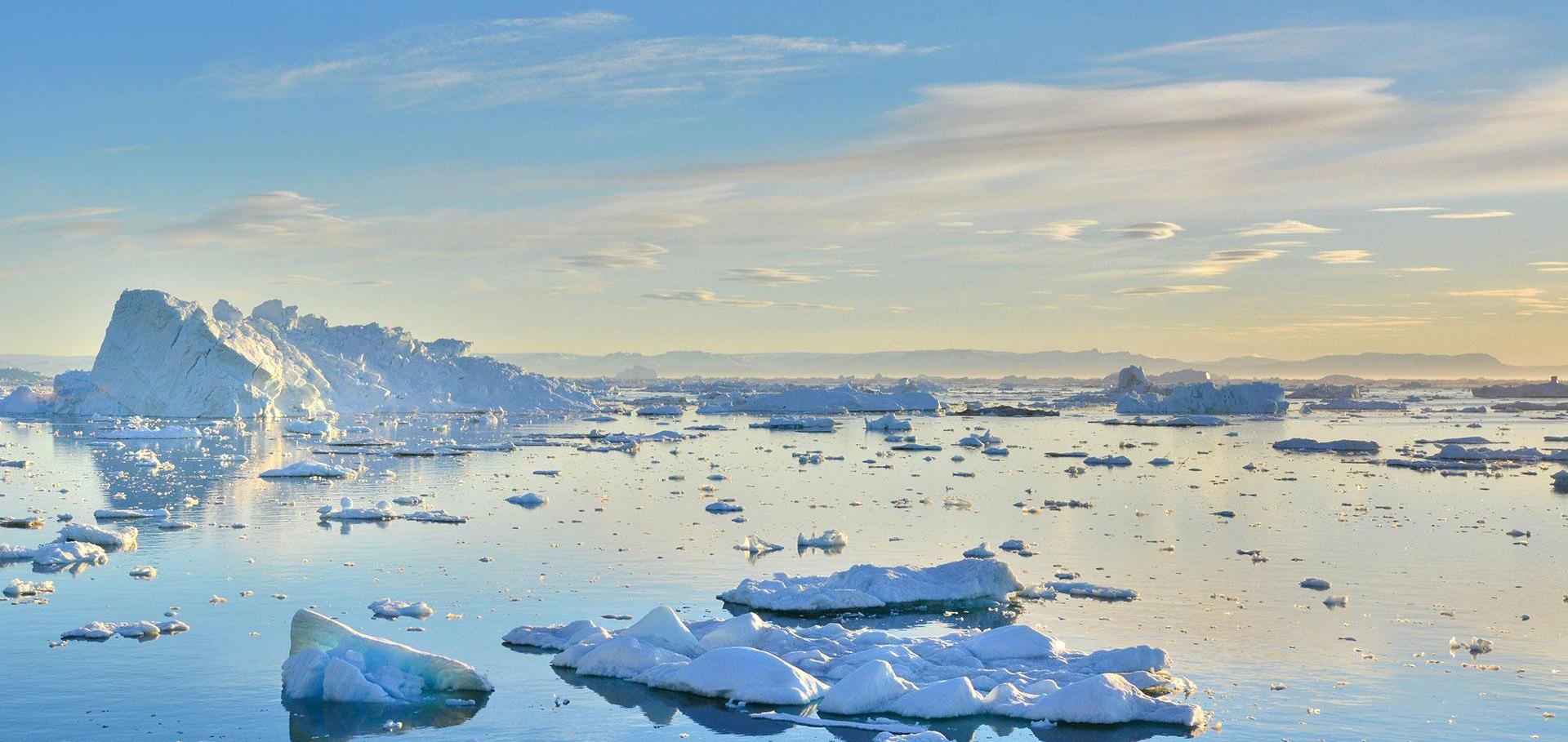About
I am a third year DPhil student on the NERC DTP working with Andrew Wells and Ian Hewitt. I work on improving our understanding of how Antarctic sea ice impacts the ocean circulation. Among other reasons, understanding the ocean circulation is important for modelling nutrient transport and CO2 storage. One of the ways ice impacts the ocean circulation is by increasing the density of water, causing surface water to sink. In some cases, the dense water formed sinks down the continental shelf forming Antarctic Bottom Water. This water mass is one of the drivers of the global ocean circulation.
In order to form sufficently dense water to drive the ocean circulation, large quantites of ice must form in one place. As the ice forms, brine is rejected into the sea, increasing the salinity and thus the density of the immediate seawater. This occurs in areas of Antarctica called latent heat polynyas. Polynyas are significant openings within the sea ice cover. Latent heat polynyas are formed when strong winds from the Antarctic continent blow the floating sea ice away from the continental shelf leading to a gap forming within the ice cover. The open ocean is exposed to freezing Antarctic conditions, leading to more ice forming and again being carried away by the wind. Thus, as more and more ice forms and is carried away, the density of the water within the polynya increases. To determine whether the density of the water formed within the polynya is sufficient to lead to Antarctic Bottom water forming and thus to helping drive the ocean circulation, the ice formation process needs to be accurately modelled.
The ice that forms within polynyas is called frazil ice. Frazil ice consists of small (~mm in radii), disk shaped ice crystals. Due to the small size of these ice crystals, they are not directly modelled in climate models, so I am working on producing a paramaterisation to better characterise the effects of these ice crystals, that can be used to better model the ice formation process.
Research Groups
I am part of the ice and fluid dynamics research group, the mathematical geosciences group (formed of scientists in mathematics and physics) and the physical oceanography group (formed of scientists in the physics and earth science departments).
Research Background
My undergraduate degree was also at Oxford in physics. For my masters year I completed a research project with Andrew Wells, working on modelling the impact sea water intrustion has on the snow floating on sea ice.
Oxford Life
Outside of academia I'm part of St Ebbes Church, Oxford. I've done a number of sports over the past few years, currently I'm part of Oxford University Triathlon Club but have previously been a member of Oxford University Women's Lightweight Boat Club, Oxford University Wheelchair Basketball Club, Oxford University Ultimate, and Oxford University Squash Club. I'm very happy to answer questions about living in Oxford, sport, faith, the physics undergrad degree, the NERC DTP, life in AOPP and frazil ice. For more info see a recent blog post.


